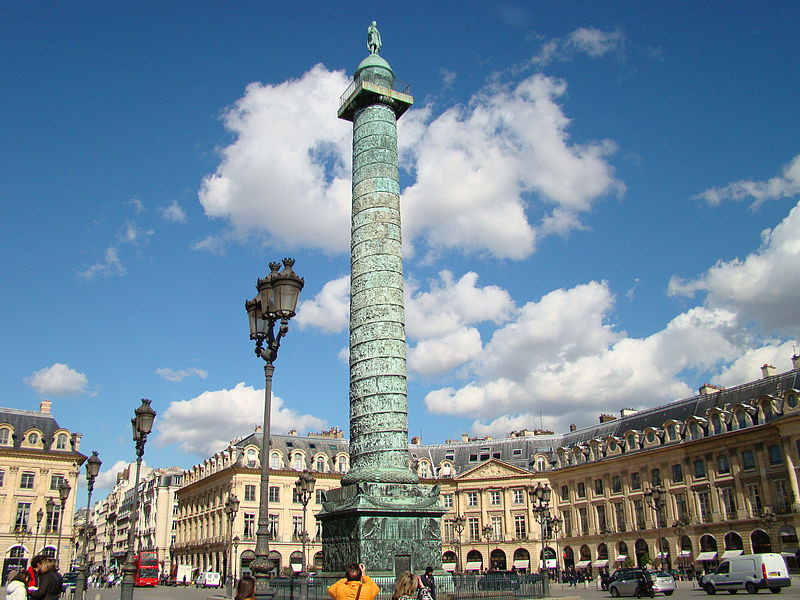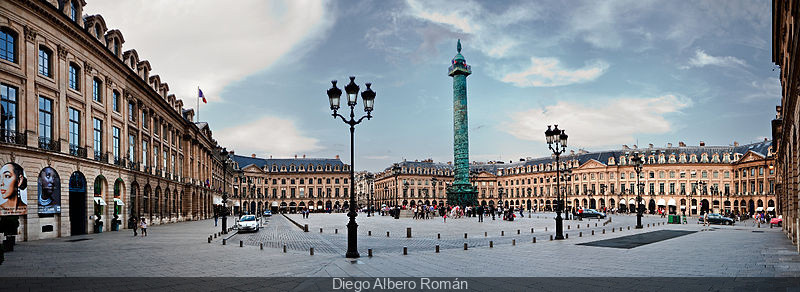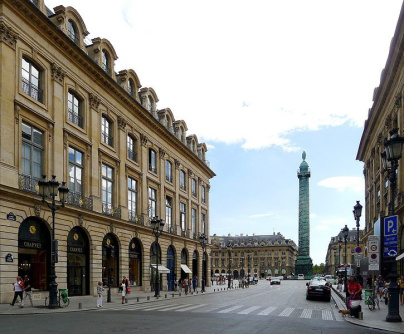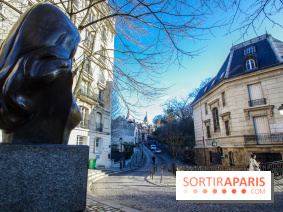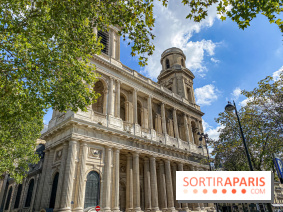Place Vendôme is one of the most famous and luxurious squares in Paris, and has been since its construction. In 1699, at the instigation of Louis XIV, Jules Hardouin Mansart, known as the architect of the Château de Versailles, drew up plans for this rectangular square, typical of French classical urban planning. The Sun King wished to create a place that would embody and honor the monarchy and his reign, right in the heart of Paris.
An impressive statue of Louis XIV on horseback, sculpted by Girardon, stands at its center. Mansart subsequently had the buildings surrounding the Place Vendôme constructed according to a strict plan, which the owners of the buildings had to comply with. It seems he was right to do so, since most of the facades of these private mansions are now listed as historic monuments.
During the Revolution, Place Vendôme was renamed Place des Piques, and the equestrian statue of Louis XIV was destroyed and replaced in 1810 by the Colonne Vendôme, inspired by the Trajan column in Rome. Erected by Napoleon to commemorate the battle of Austerlitz, this impressive column, with a statue of Napoleon as Caesar at the top, was designed by Antoine-Denis Chaudet. It was cast from the bronze of 1,200 cannons taken from the enemy!
Under the July Monarchy, a new statue of the emperor as a corporal was created by Charles Émile Seurre. In 1863, Napoleon III had it replaced by a copy of the first statue, sculpted by Auguste Dumont. It is this statue that can still be seen today overlooking the Place Vendôme. However, this statue has seen some turbulent times.
During the Paris Commune of 1871, the column was pulled down by Communards who saw it as a symbol of Napoleon's barbarism and militarism, to the cheers of Parisians. Among the Communards responsible was the anarchist painter Gustave Courbet, who was heavily condemned to restore the column at his own expense! Dumont's statue was returned to its rightful place in 1873 and has remained there ever since.
Since the Second Empire, Place Vendôme has been the place to be forParisian luxury andelegance, as an extension of the Rue de la Paix, itself a very luxurious thoroughfare. The great names in jewelry, leather goods and haute-couture have taken possession of the area, and it's common to pass windows displaying watches with 4 zeros.
TheHôtel de Bourvallais, at no. 13, now houses the Ministry of Justice. No. 15 is home to one of the capital's most beautiful and famous palaces: the Ritz. And it was at no. 12,Hôtel Baudard de Saint-James, that Chopin died of tuberculosis in 1849.
